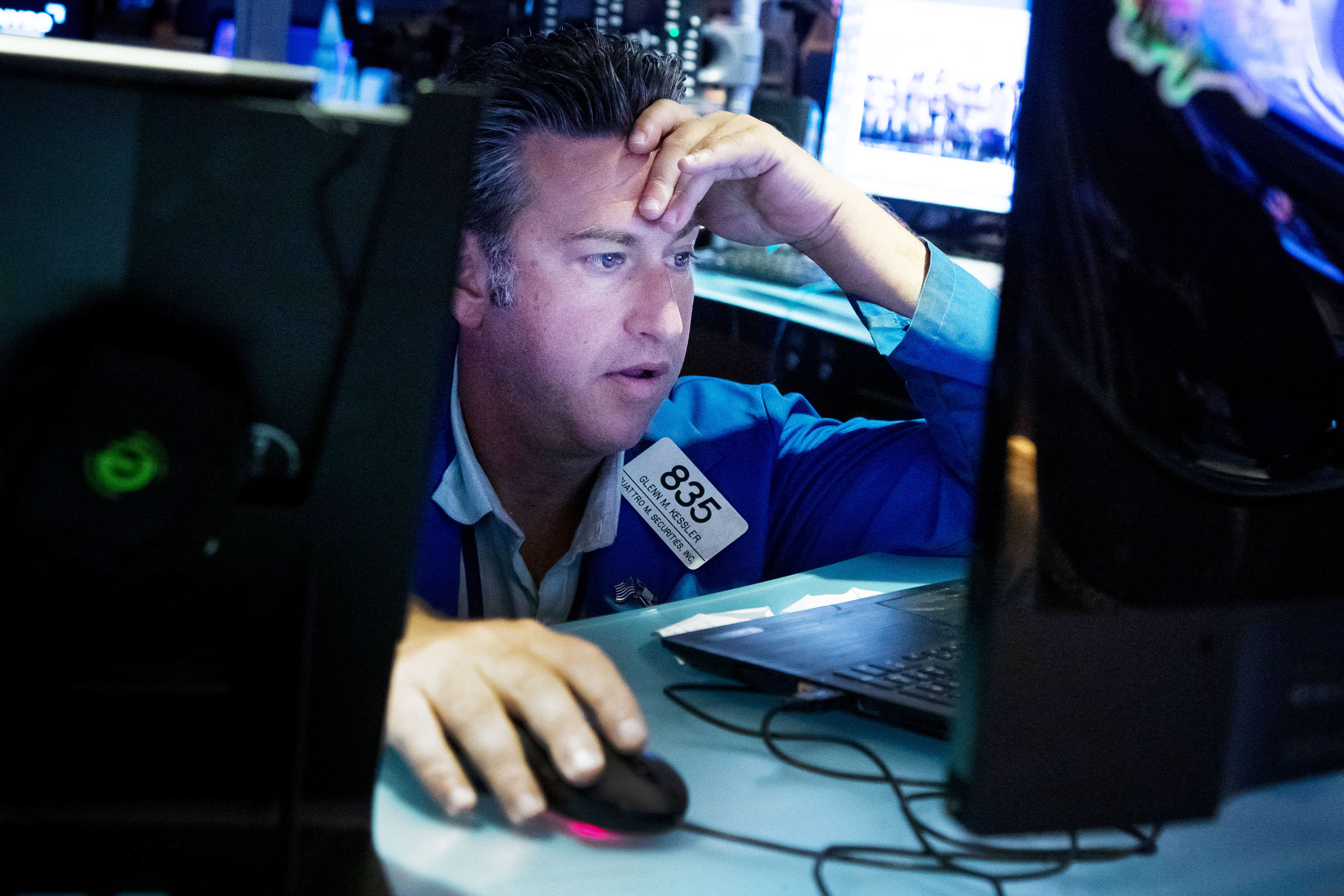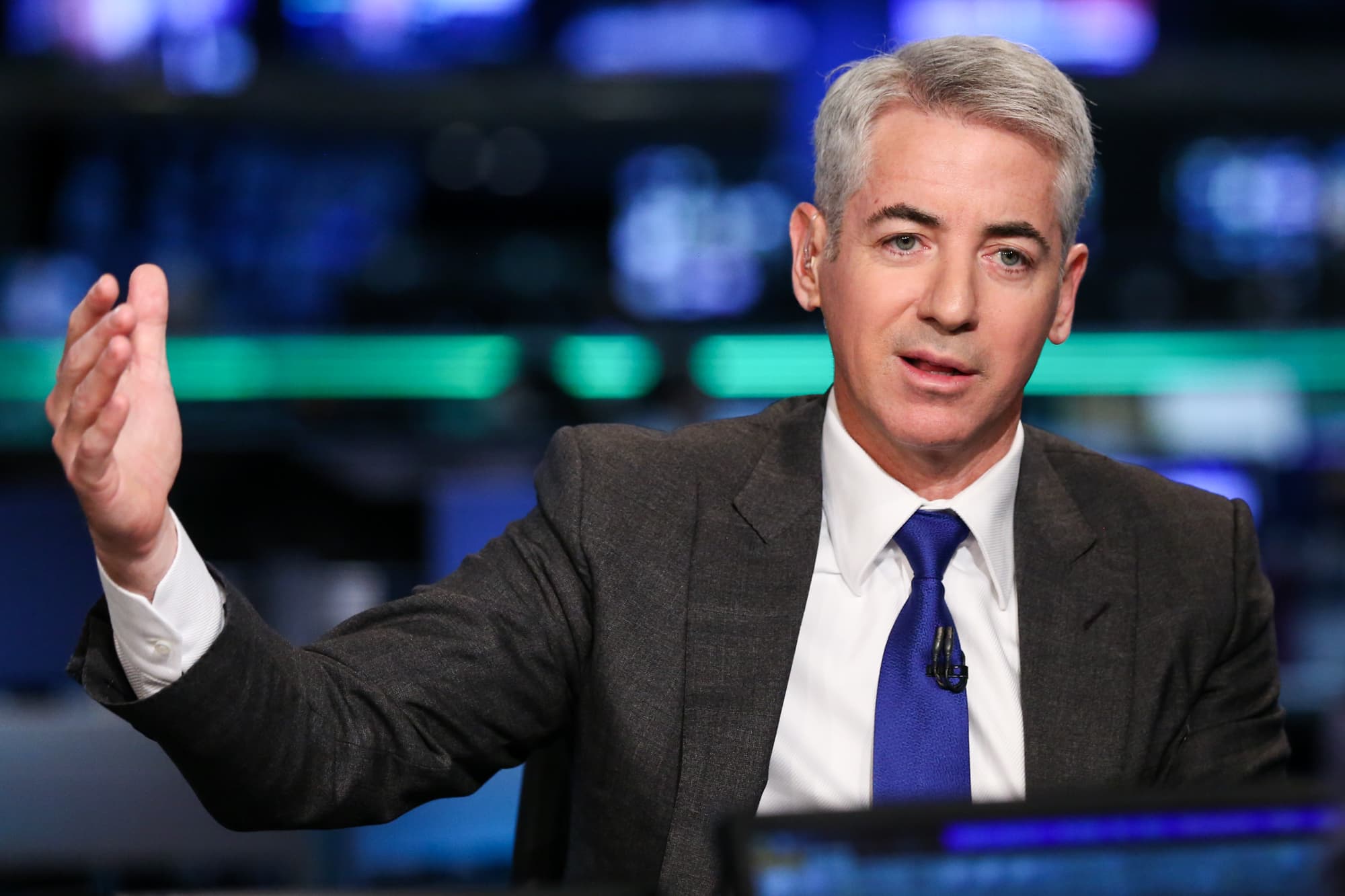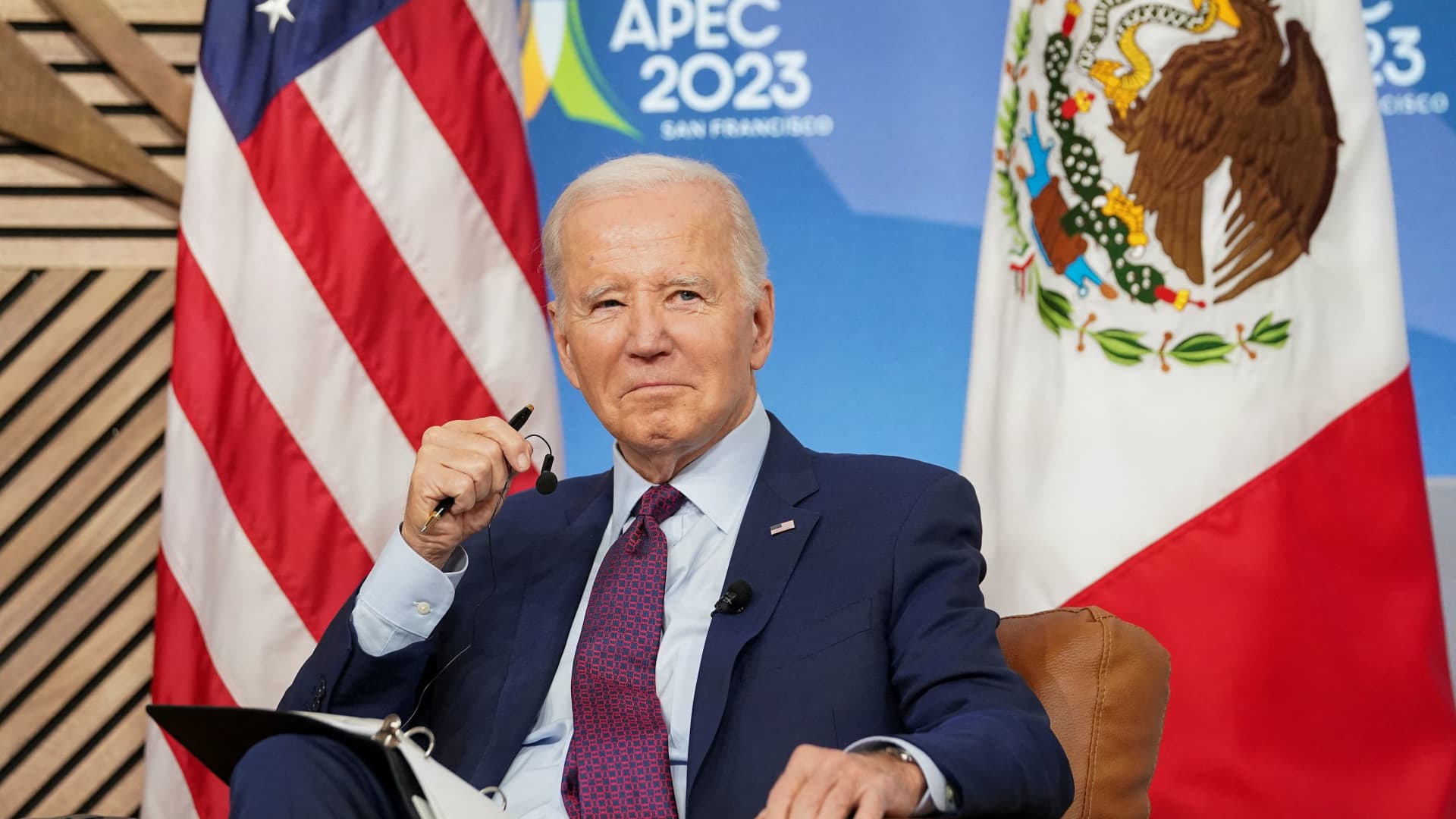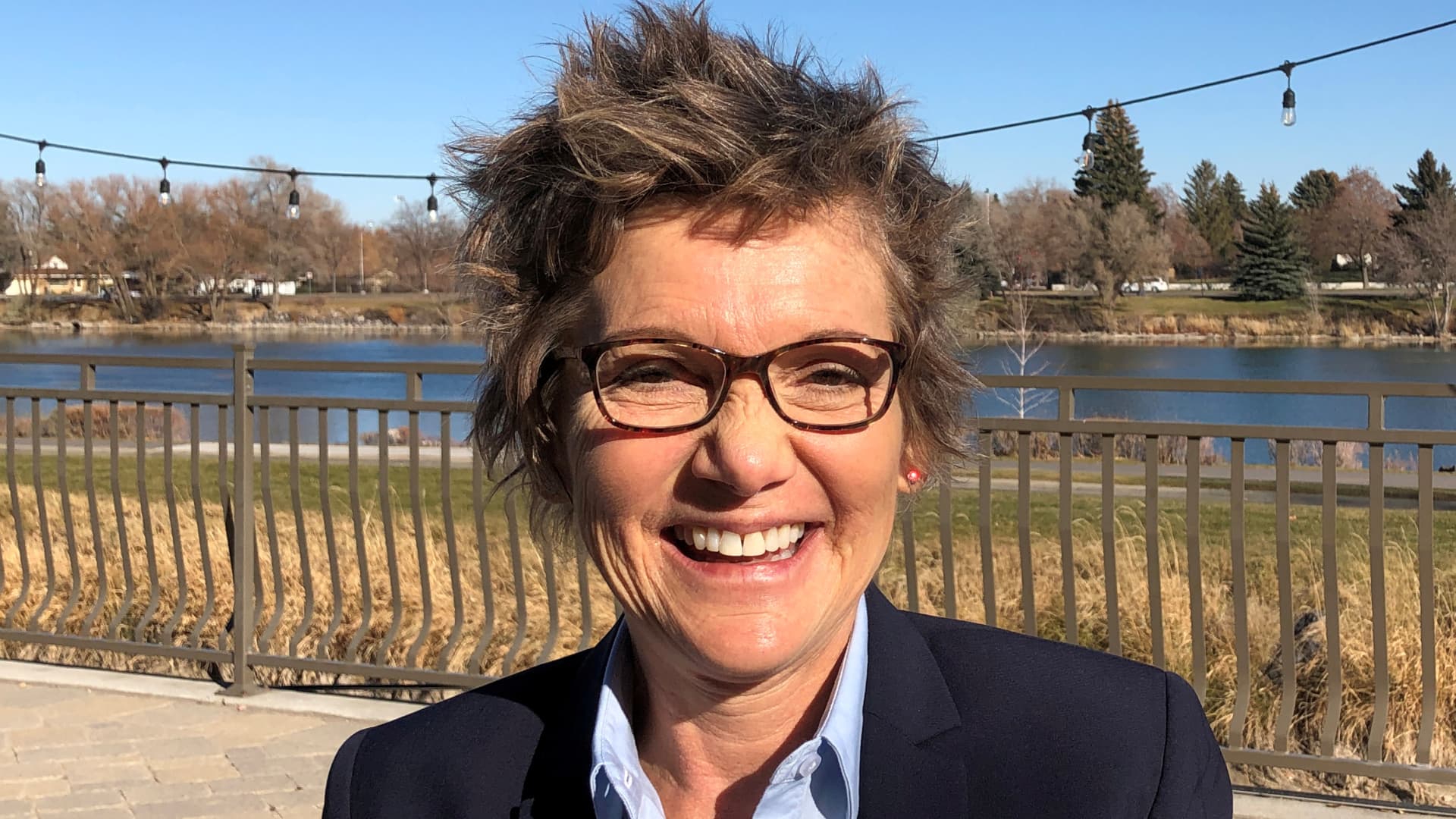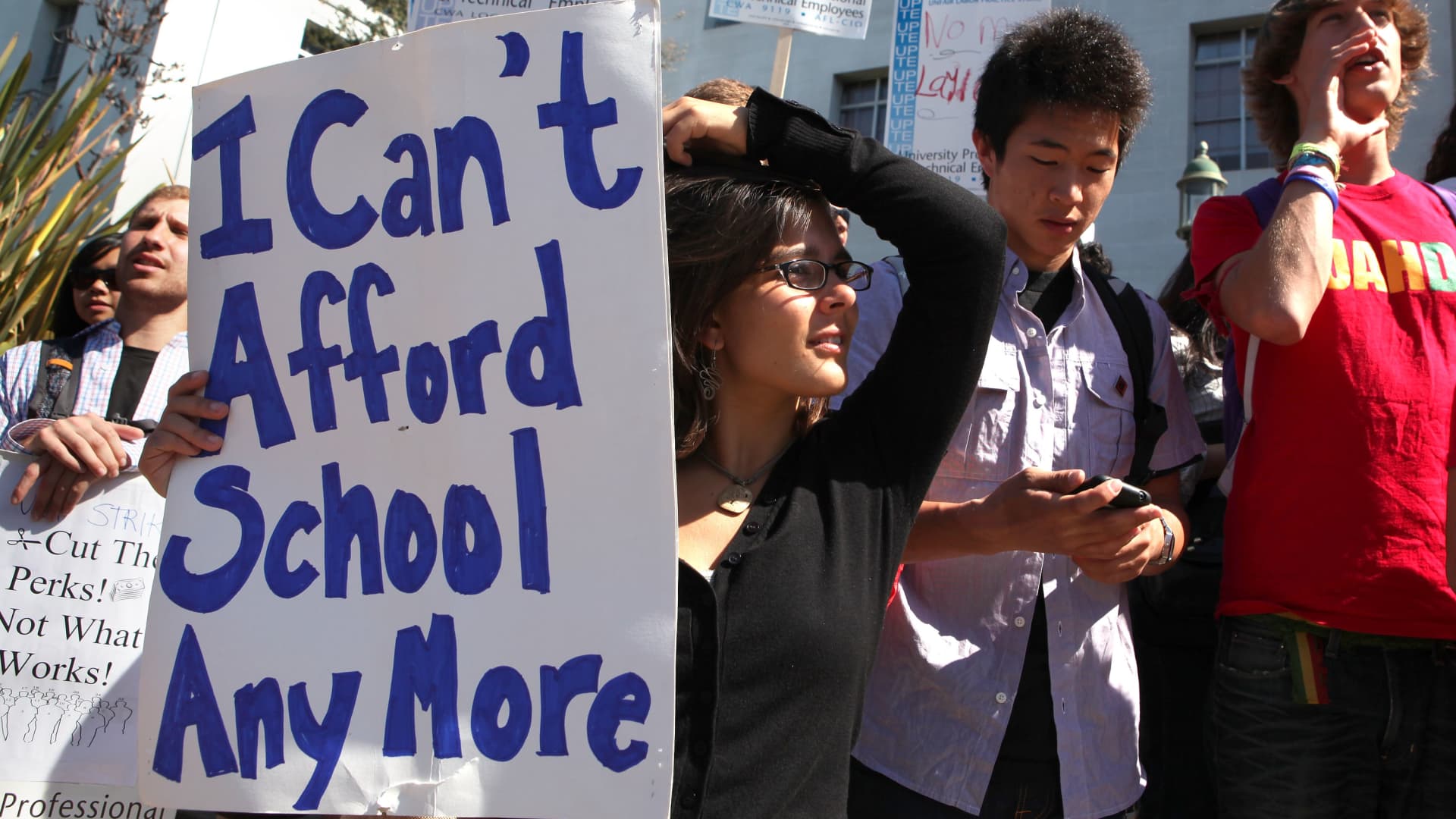Fed Vice Chair Brainard vows ‘we are in this for as long as it takes’ to stop inflation

Federal Reserve Vice Chair Lael Brainard vowed Wednesday to press the fight against inflation that she said is hurting lower-income Americans the most.
That will mean more interest rate increases and keeping rates higher for longer, she said in remarks prepared for a speech in New York. Brainard cushioned the comments with an acknowledgement that policymakers will be data dependent and conscious of overdoing tightening.
related investing news
“We are in this for as long as it takes to get inflation down,” the central bank official said, just two weeks before the Fed’s next policy meeting. “So far, we have expeditiously raised the policy rate to the peak of the previous cycle, and the policy rate will need to rise further.”
Stocks rallied after the remarks as investors look for signs the Fed is committing to bringing down inflation without going too far.
“At some point in the tightening cycle, the risks will become more two-sided,” Brainard added. “The rapidity of the tightening cycle and its global nature, as well as the uncertainty around the pace at which the effects of tighter financial conditions are working their way through aggregate demand, create risks associated with overtightening.”
Markets are betting that the rate-setting Federal Open Market Committee enacts its third consecutive 0.75 percentage point increase in benchmark rates when it meets again Sept. 20-21.
Brainard’s remarks reflect recent comments from multiple officials who have said rates likely will remain elevated “for some time” even after the Fed stops hiking. The commitment has come from the highest levels of central bank policymakers, including Chairman Jerome Powell and New York Fed President John Williams.
The federal funds rate currently is targeted in a range between 2.25%-2.5% following four consecutive FOMC increases this year.
Though inflation has shown signs lately of plateauing, year-over-year increases are near the highest levels in more than 40 years. Supply shocks, record-setting fiscal and monetary stimulus, and the war in Ukraine have contributed to the surge.
Without committing to a specific course of action, Brainard said the Fed needs to remain vigilant.
“With a series of inflationary supply shocks, it is especially important to guard against the risk that households and businesses could start to expect inflation to remain above 2 percent in the longer run, which would make it much more challenging to bring inflation back down to our target,” she said.
Those inflationary pressures are “especially hard on low-income families” who spend most of their household budgets on food, energy and shelter costs, Brainard added.
She noted that there is some anecdotal evidence of prices coming down in the retail sector, as store owners address a pullback in spending due to inflation.
In addition, Brainard said there “also could be scope for reduction” in profit margins for the auto industry, which she said are “unusually large” as gauged by the gap between wholesale and retail prices.
Conversely, she said the labor market remains unusually strong, with rising labor force participation in August a positive sign.
Brainard said policymakers will be watching the data closely as the economy slows, hopefully tempering inflation along the way.
“Monetary policy will need to be restrictive for some time to provide confidence that inflation is moving down to target. The economic environment is highly uncertain, and the path of policy will be data dependent,” she said.
Powell speaks Thursday as the central bank approaches its quiet period before the September meeting.
This post has been syndicated from a third-party source. View the original article here.
